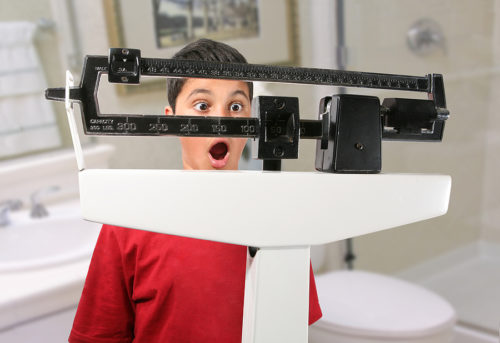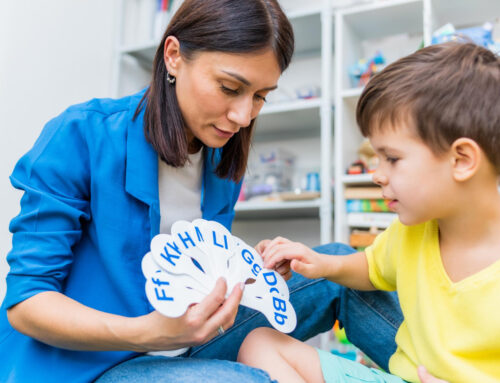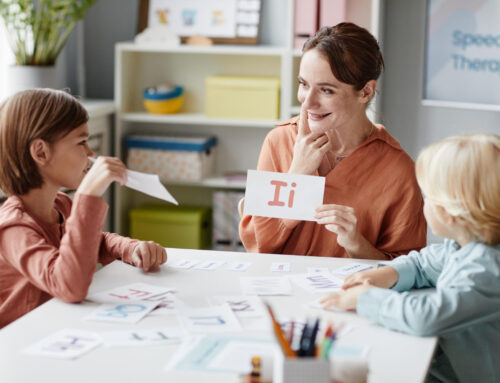
Before we hop into the basic definitions of “spatial awareness”, let’s also define some similar terms and determine how those terms are related. If you google the word “spatial awareness” just for the sake of your own research, several similar terms pop up: spatial cognition, spatial perception, and visual spatial awareness. What do these words actually mean?
- Spatial cognition: This refers to a branch of cognitive psychology that focuses on assessing people regarding how the use and gain knowledge about their environment in order to get around and to survive. (https://www.apa.org/pubs/books/4318108.aspx)
- Spatial perception: According to Britannica.com (2018), spatial perception is:
“[the] process through which humans and other organisms become aware of the relative positions of their own bodies and objects around them. Space perception provides cues, such as depth and distance, that are important for movement and orientation to the environment.” (https://www.britannica.com/science/space-perception).
Visual spatial skills: This refers to a person’s ability to orient themselves to space around them using objects and other items in their environment through eye sight and to organize that information into meaningful patterns. (https://www.britannica.com/science/space-perception) - Spatial awareness: According to Hohmann, Weikart, & Epstein (n.d.), as referenced by Kathuria of the Plainfield Public School District, spatial awareness is “an awareness of the body in space, and the child’s relationship to the objects in the space.” Additionally, spatial awareness includes two main factors: orientation and visualization. (https://www.state.nj.us/education/ece/pd/spatial/PresSection1.pdf)
Don’t get too caught up in the technical information. In simplest terms, spatial awareness is what we are focusing on, but it should be noted that “spatial perception” and “visual spatial skills” are encompassed in the whole idea of spatial awareness. So, what does this have to do with your child?
Spatial awareness is a process sourcing from your child’s brain. As they develop after birth and are exposed to all sorts of things in their environment, they are fine-tuning their spatial awareness in order to participate in all daily tasks. Kids have to have good spatial awareness skills in order to navigate the stairs, walk around furniture in the house, sit down on a chair, jump over toys, etc. Aside from movement, spatial awareness is crucial in the less obvious activities such as handwriting, eating, drawing, navigating a school setting or a neighborhood, using a pair of scissors to cut paper, and so on.
Some children may experience delays or deficits in spatial awareness skills, which can have a long-lasting impacting on their ability to function day to day. What makes it so difficult is that, like many cognitive functions, spatial awareness is not physically visible to the untrained eye and so parents/caregivers may not even recognize that there is a problem. Children with developmental delays and certain diagnosable conditions may have spatial awareness issues: autism, Down syndrome, unspecified learning disabilities, dyslexia, Turner syndrome, blindness, developmental coordination disorder, and cerebral palsy to name a few.
If you suspect that your child is struggling with some underlying issues that you find challenging to identify, especially if those issues are hindering movement or their overall participation in tasks that are most meaningful to them (i.e. school, community sports, playing with friends, home activities and responsibilities, etc.), consult with a pediatrician as soon as possible. Spatial awareness deficits can be identified through testing administered by a professional.
Pediatric occupational therapists can also help parents and children identify whether or not limited spatial awareness skills is a concern. Although OTs can’t make medical diagnoses, they can utilize standardized tests to see if a child is in fact struggling with tasks that require spatial awareness skills.
After testing, OT can also provide skilled interventions to improve or to compensate for spatial awareness challenges. Such interventions can be provided in the home or in an outpatient, pediatric setting. Consult with a doctor today, and conduct your own research about spatial awareness and what can be done today.
Reference
Educating Young Children, Chapter 16, Space (p.428) by Author(s), Mary Hohmann, David P. Weikart, and Ann S. Epstein- 3rd Edition, Ypsilanti, MI: High Scope Press, High Scope Educational Research Foundation.





